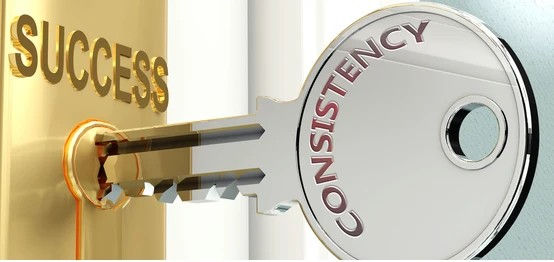Handling Sales Objections: Turning Resistance into Relationships
- Danny Martin

- Sep 24
- 4 min read

When I wrote It Begins With Me: A Sales Blueprint, one of the points I emphasized was this: sales is not about perfect scripts it’s about people. And people come with personalities, emotions, and perspectives that directly influence how they respond in a buying situation.
That’s where objections come in. Too often, salespeople take objections personally. They hear “no” and believe it’s final. But here’s the truth: objections are rarely rejection. They’re reflections clues into the buyer’s personality, priorities, and concerns. If you understand who you’re talking to, you can meet the objection with empathy, strategy, and clarity.
Let’s dive into five of the most common objections—and how personality plays into overcoming them.
1. “It’s too expensive.”
This is probably the most universal objection. But underneath it, different personalities are saying different things.
Analytical personality: They need data, facts, and ROI. Show them the value breakdown, the lifetime cost savings, or the measurable return.
Driver personality: They don’t care about every number—they want to know the big-picture payoff. Show them how this investment accelerates results.
Amiable personality: They want reassurance. Show them stories or testimonials that prove others like them made the same choice and benefitted.
Expressive personality: They want to feel the excitement. Paint the vision of what their life or business will look like after making the purchase.
How to work through it: Don’t defend your price—defend your value. Redirect the conversation from cost to outcome. The key is aligning the value with the personality sitting across from you.
2. “I need to think about it.”
This is often a stall, but the motivation depends on personality.
Analytical: They’re not stalling; they truly need more time to process details. Provide data they can review on their own.
Driver: They may be saying, “Convince me why I shouldn’t waste time.” Respect their time, get to the point, and close with confidence.
Amiable: They may be uncomfortable saying “no” outright. Build trust by asking gentle questions like, “What specifically would you like more time to think about?”
Expressive: They’re caught up in the moment but easily distracted. Anchor their excitement with a clear next step.
How to work through it: Clarify. “Help me understand—what part do you want to think about?” This turns a vague stall into a specific concern you can address.
3. “I’m happy with my current provider.”
Loyalty is powerful—but it doesn’t mean the door is closed.
Analytical: They value stability. You’ll need to prove that switching is logical, backed by data, and low risk.
Driver: They’ll change if you can show them; they’ll win faster, bigger, or better.
Amiable: They’re tied to relationships, not contracts. Show them you’ll take care of them even better.
Expressive: They love the “new and improved.” Show them how your offering is the next evolution.
How to work through it: Respect their loyalty—don’t tear down the competition. Instead, position yourself as a potential upgrade or an additional resource. Questions like, “What’s one thing you wish your current provider did better?” open the door.
4. “I don’t have the time.”
Time objections are usually about priority, not minutes.
Analytical: Show them how your solution saves time long-term with efficiency.
Driver: Emphasize speed and directness “This will take 15 minutes, and here’s how it will save you hours down the road.”
Amiable: Acknowledge their stress and show empathy, then position your solution as a way to bring relief.
Expressive: Frame the time commitment as an exciting, short-term step toward a bigger vision.
How to work through it: Reframe time as an investment. Instead of “Do you have 30 minutes?” try, “If I could show you a way to save two hours a week, would 15 minutes be worth it?”
5. “I’m not ready to commit.”
This is about fear, uncertainty, or lack of clarity.
Analytical: They need more information. Give them data, case studies, or a trial run.
Driver: They need a reason to move now. Create urgency by highlighting opportunity cost or lost advantage.
Amiable: They need assurance. Reassure them that you’ll support them step by step.
Expressive: They need emotional buy-in. Paint the vision of what they’ll miss if they don’t act now.
How to work through it: Uncover the root fear by asking, “What would make you feel more confident about moving forward today?”
Final Thought
Objections aren’t walls; they’re doors waiting for the right key. The secret is in understanding the personality across from you. When you adjust your response to their style, you transform objections from roadblocks into building blocks for trust, credibility, and—ultimately—success.
In sales, just like in life, it always begins with you. The way you handle resistance reflects your mindset, your preparation, and your ability to meet people where they are. Do that, and objections won’t stop you—they’ll shape you into a stronger, more adaptable professional.




Comments